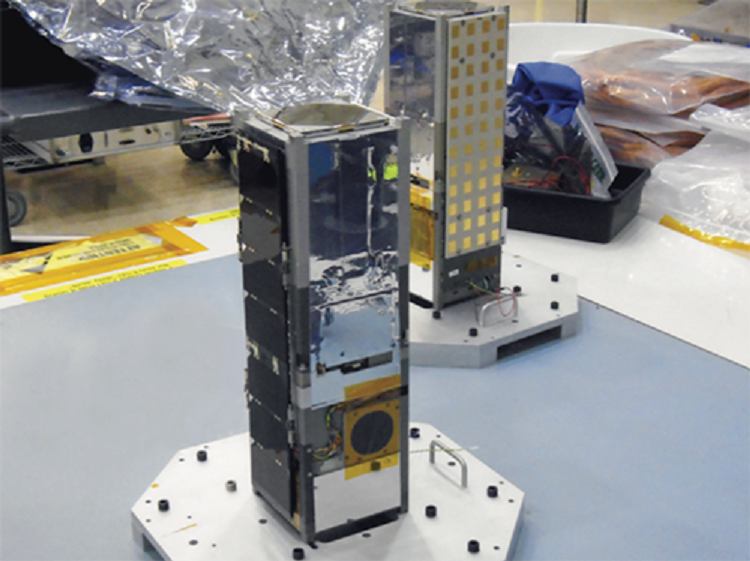JHU APL launches CubeSats from International Space Station

The Johns Hopkins Applied Physics Laboratory (APL) in Laurel, MD announced on February 20 that it has successfully established communications with two CubeSats, part of a flight demonstration mission led by APL called the CubeSat Assessment and Test, or CAT, which were launched from the International Space Station (ISS) on January 31.
APL used its 60-foot satellite dish to send and receive data with the two small spacecraft, launched at 5:28 a.m., and confirmed they were operating as designed at 3:07 p.m. The two CubeSats were among several launched from a NanoRacks CubeSat deployer on the ISS.
The 3U CubeSats are commercial off-the-shelf (COTS) spacecraft measuring 34 cm long and 10 cm square; each carries a communications payload that was integrated by APL. CAT was delivered to the ISS by the SpaceX CRS-16 Dragon launched by a Falcon 9 rocket from Cape Canaveral Air Force Station, Florida, on December 5, 2018.
Source: JHU APL







